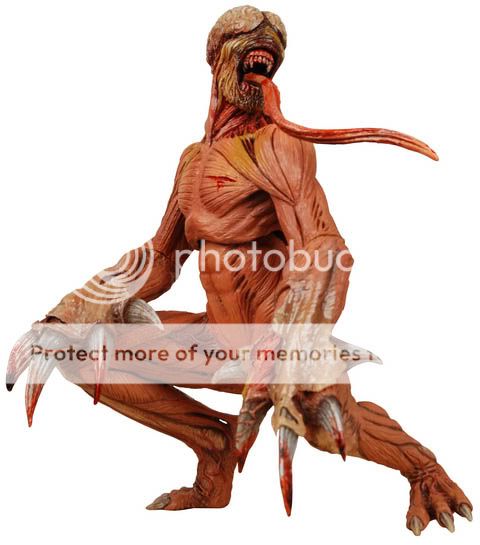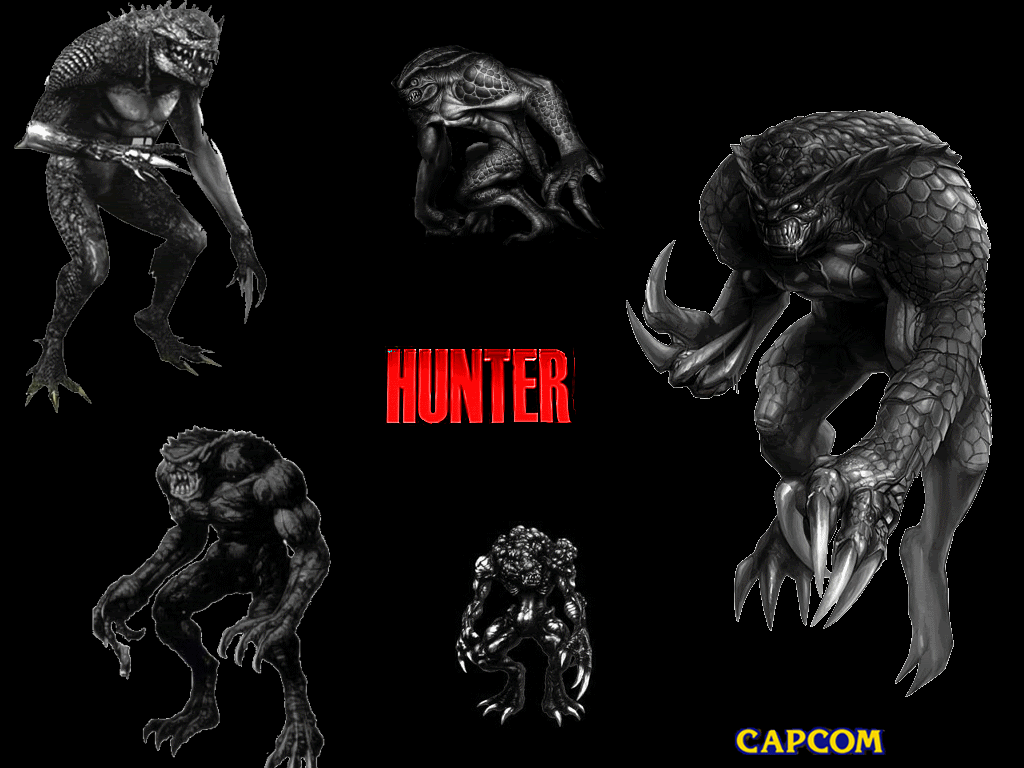The Metaphage Virus
*INCOMPLETE*
For centuries, various slave races had served the Protoss in different capacities but on the whole they remained too weak or undisciplined to make effective warriors. Many various factions of Protoss sought to remedy this in a myriad of various research projects, primarily involving genetic mutation. One of the most fruitful methods involved the use of an artificial virus termed Metaphage.
A sample of Metaphage in purple dye:

A Metaphage virus was an artificial nano-machine assembled atom by atom for a specific purpose, inducing specific mutation in organic tissue. These mutations were very often unstable, either leading on to further mutation or resulting in the death of the exposed organic tissue. The frequency and scale of mutation necessitates a hyperactive metabolism that in turn induces carnivorous behavior, thus resulting in Metaphage typically proving inviable in plant life. Clinical tests showed a probability of 60% for further mutation, 35% for death, and 5% for producing a stable, viable organic specimen. Exposure was then classified into nine stable stages of mutation, which were identifiable points along the chain of exposure that correlated to these probabilities.
Stage I: During this stage, the Metaphage augments the specimen's metabolism to the point of total organ failure, resulting in the apparent death of the specimen. Shortly after this time, the Metaphage induces renewed synaptic and nervous response. The specimen now displays no higher intelligence, acting only on the primal instinct to feed. Specimens in this stage have no pain response and extremely low cell regeneration resulting in widespread necrosis, muscle and bone weakness, and often the loss of sensory and other organs not directly involved in metabolism. Stable Pre-Stage I specimens have normal or above normal cell regeneration and do not appear extraordinary but are capable of extraordinary feats and reflexes.
 Stage II:
Stage II: Stage II Specimen exhibit basic social skills and rudimentary communication. Such specimen can be identified by this and by the specimen's stable or near stable cell regeneration. These specimen used tools and weapons, possess above average strength and reflexes, and are sentient. However, they possess below average intelligence and limited sapience, if present at all. A specimen is impulsive, acting for instant gratification and only to satisfy basic needs food and reproduction. Specimen are communal and territorial, hunting in groups and typically establishing regular hunting grounds. Some specimen and groups have displayed nomadic tendencies, but only rarely.
 Stage III:
Stage III: Stage III is characterized by cell replication out-pacing cell death, resulting in new cell generation. Stage III Specimens have significantly increased bone and muscle density as well as neural activity well above average that results in extraordinary intelligence. Specimens often also display early extraneous growths such as claws, horns, fangs, and scales. Specimens are territorial, communal, and social, but will not voluntarily associate with Stage I and II Specimens.
 Stage IV:
Stage IV: Stage IV Specimens are the most balanced hybrid between humans and Stage IX Specimens. But for an indomitable spirit of fierce independence, they could be argued to be the perfect super soldier. Stage IV Specimens possess ultra-dense skin, musculature, and bone structures. Additionally, the specimen's visual spectrum shifts slightly to include some infrared. They are characterized by the maximization of neural activity which result in basic psychic abilities such as hearing and broadcasting thoughts. Stage IV's compete with eachother for territory and control of packs of Stage II and III specimens. This is distinguishing characteristic of Stage IV, the compulsion to lead lower stages. Stage IV specimens lose gender distinction and are driven only by appetite and an apparent compulsion to control territory and organisms.
 Stage V:
Stage V: Stage V is defined by the final transition away from homo sapien by the shedding of the last human tissues and the total mutation of previously pristine sensory organs. Visually, the human skin tissue begins to withdraw and shred off. Additionally, the specimen's visual spectrum shifts fully into the infrared range. Stage V Specimen's are capable of communication but suffer paranoid psychosis and typically remain silent or ramble meaninglessly. They are solitary and anti-social, driven by a need to feed and also an apparent nihilism that compels a penchant for wanton destruction.
 Stage VI:
Stage VI: Stage VII:
Stage VII: Stage VIII:
Stage VIII: Stage IX:
Stage IX: Zero Stage:
Zero Stage: Zero Stage Specimens are stable organisms which have either surpassed the nine stages or due to unpredictable causes have followed alternate mutational paths. This most commonly occurs with the introduction of extra-species genetic material or when a stable state is reached between stages.

